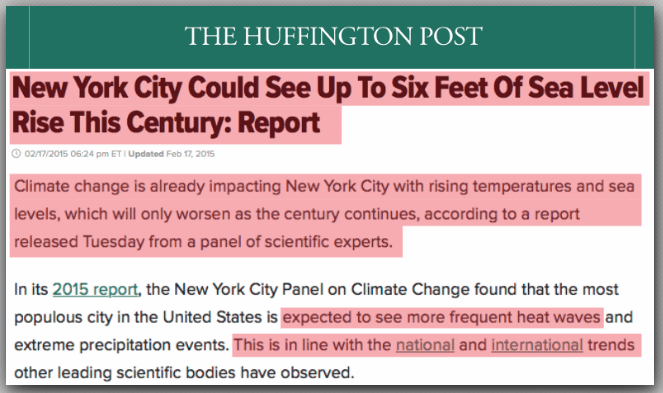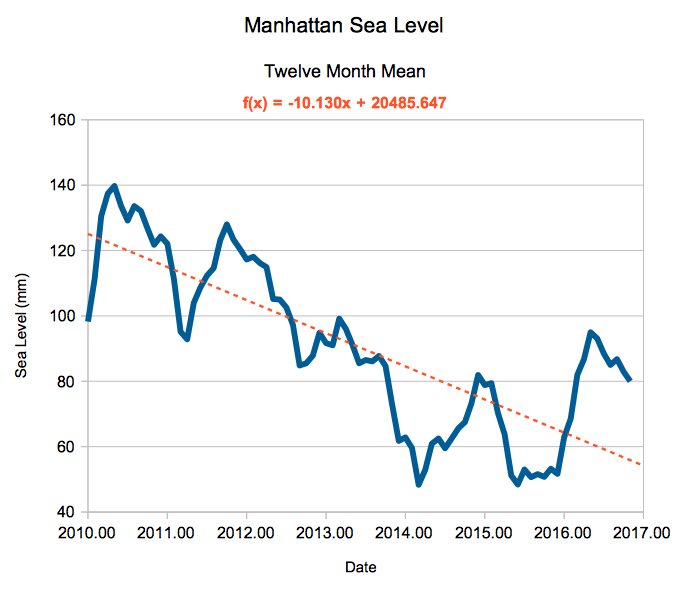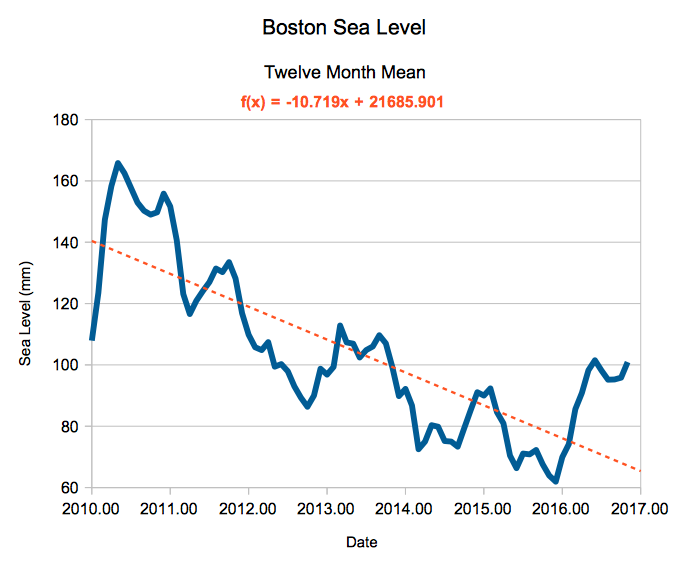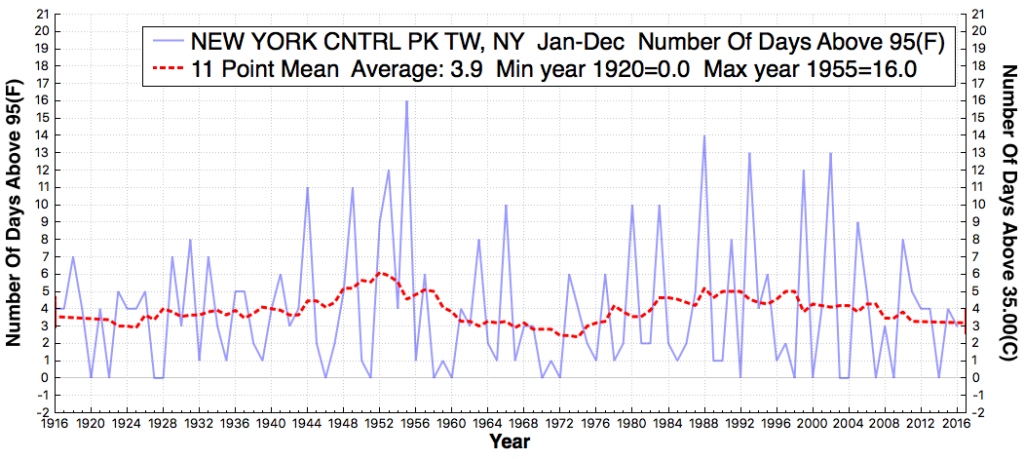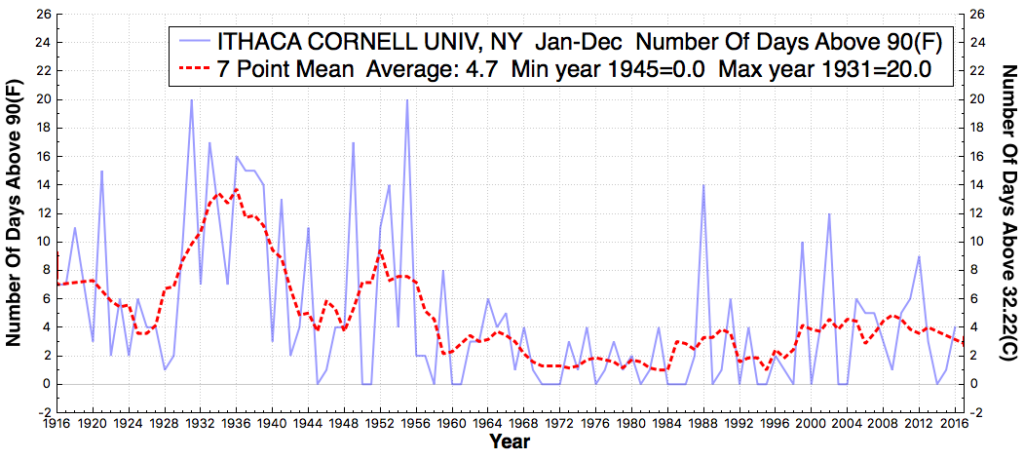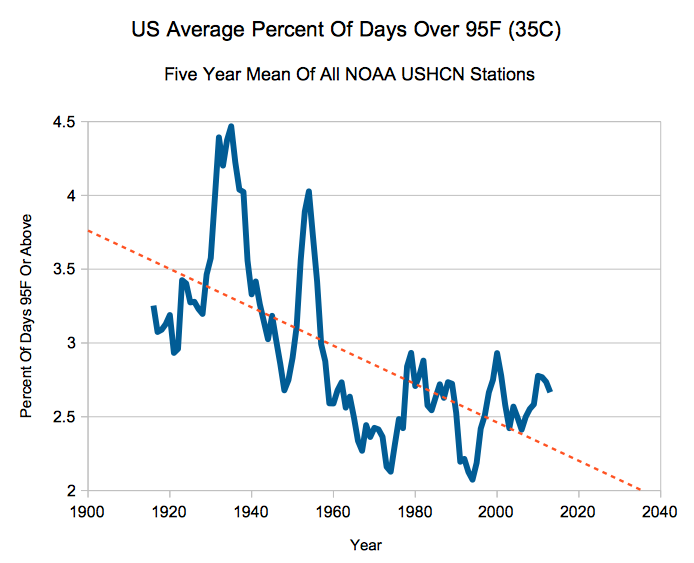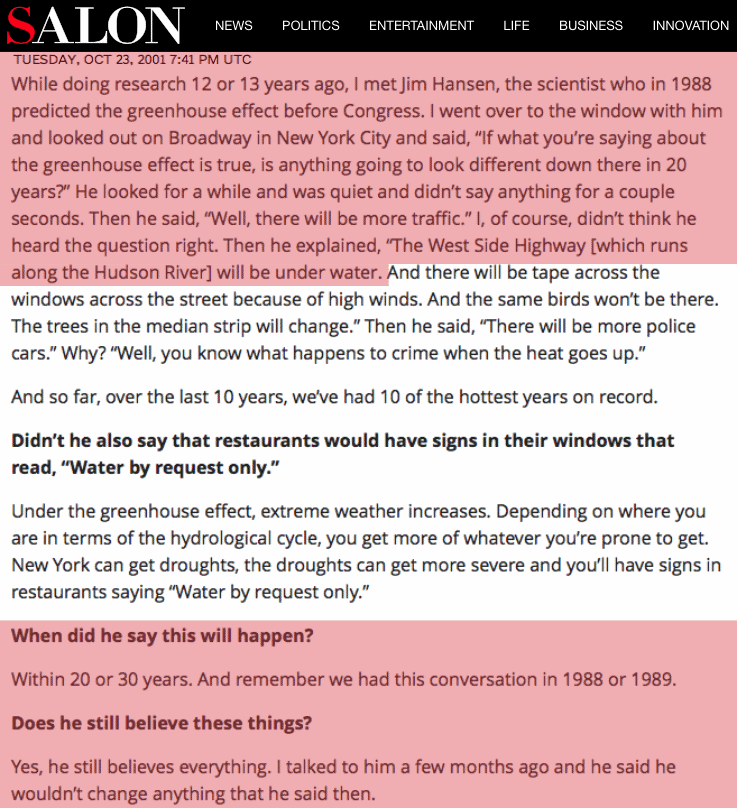

No Warming from Carbon Dioxide ‘Greenhouse Gas Effect’
Published on December 27, 2016
Written by PSI staff

Gerhard Gerlich and Ralf D. Tscheuschner are German Physicists who proved that more carbon dioxide in the atmosphere can have no measurable impact on global temperatures.
In 2008 Hans Schreuder provided a non-technical layperson’s summary of that important landmark peer-reviewed paper refuting the so-called greenhouse gas theory of climate. As the world has seen no rise in global temperatures this century this is an importune time to reflect on select excerpts of Schreuder’s helpful summary:
Abstract
The atmospheric greenhouse effect, an idea the authors trace back to the traditional works of Fourier 1824, Tyndall 1861 and Arrhenius 1896, but which is still supported in global climatology, essentially describes a fictitious mechanism by which a planetary atmosphere acts as a heat pump driven by an environment that is radiatively interacting with but radiatively equilibrated to the atmospheric system.
According to the second law of thermodynamics such a planetary machine can never exist. Nevertheless, in almost all texts of global climatology and in widespread secondary literature it is taken for granted that such a mechanism is real and stands on a firm scientific foundation.
In this paper the popular conjecture is analyzed and the underlying physical principles clarified. By showing that:
(a) there are no common physical laws between the warming phenomenon in glass houses and the fictitious atmospheric greenhouse effects,
(b) there are no calculations to determine an average surface temperature of a planet,
(c) the frequently mentioned difference of 33 °C is a meaningless number calculated wrongly,
(d) the formulas of cavity radiation are used inappropriately,
(e) the assumption of a radiative balance is unphysical, (f) thermal conductivity and friction must not be set to zero, the atmospheric greenhouse conjecture is falsified.
Introduction
Recently, there have been lots of discussions regarding the economic and political implications of climate variability, in particular global warming as a measurable effect of an anthropogenic, i.e. human-made, climate change.
Many authors assume that carbon dioxide emissions from fossil-fuel consumption represent a serious danger to the health of our planet, since they are supposed to influence climate, in particular the average temperatures of the surface and lower atmosphere of the Earth.
However, carbon dioxide is a rare trace gas, a very small part of the atmosphere found in concentrations less than 0.04 volume percent. Among climatologists, in particular those affiliated with the Intergovernmental Panel of Climate Change (IPCC), there is a “scientific consensus” that the relevant climate mechanism is an atmospheric greenhouse effect, a mechanism heavily reliant on the presumption that radiative heat transfer dominates over other forms of heat transfer such as thermal conductivity, convection, condensation, et cetera.
Supposedly to make things more precise, the IPCC introduced the notion of radiative forcing, tied to an assumption of radiative equilibrium. However, as countless examples in history have shown, “scientific consensus” bears no resemblance whatsoever to scientific validity.
“Consensus” is a political term, not a scientific one. From the viewpoint of theoretical physics, a radiative approach to the atmosphere — using physical laws such as Planck’s and Stefan-Boltzmann’s, which only have a limited range of validity — definitely fails to intersect with atmospheric dynamics and must be questioned deeply. In other words, applying cavity radiation formulas to the atmosphere is sheer nonsense.
Global climatologists claim that the Earth’s natural greenhouse effect keeps it 33°C warmer than it would be without trace gases in the atmosphere. 80 percent of this warming is attributed to water vapor and 20 percent to the 0.0385 volume percent of CO2.
If CO2 exhibited such an extreme effect, however, this would show up as a thermal conductivity anomaly even in an elementary laboratory experiment. Carbon dioxide would manifest itself as a new kind of ‘super-insulation,’ wildly violating the conventional heat-conductivity equation. Such anomalous heat transport properties never have been observed in CO2, of course.
The influence of CO2 on climate was discussed thoroughly in a number of publications that appeared between 1909 and 1980, mainly in Germany. The most influential authors were Möller, who also wrote a textbook on meteorology, and Manabe.
It seems that the combined work of Möller and Manabe has had a significant influence on the formulation of modern atmospheric CO2 greenhouse conjectures. In a very comprehensive report from the US Department of Energy (DOE), which appeared in 1985, the atmospheric greenhouse hypothesis was cast into its final form and became the cornerstone in all subsequent IPCC publications.
Of course, although the oversimplified picture drawn by IPCC climatology is physically incorrect, a thorough analysis might reveal some non-negligible influence of certain radiative effects (apart from sunlight) on the weather and hence on its local averages, the climate, which could be dubbed a CO2 greenhouse effect.
But then, even if the effect is claimed to serve only as a genuine trigger of a network of complex reactions, three key questions would remain:
1. Is there a fundamental CO2 greenhouse effect in physics?
2. If so, what is the fundamental physical principle behind this CO2 greenhouse effect?
3. Is it physically correct to regard radiative heat transfer as the fundamental mechanism controlling the weather, setting thermal conductivity and friction to zero?
In the language of physics an effect is a not-necessarily evident but reproducible and measurable phenomenon together with its theoretical explanation. Neither the warming mechanism in a glass house nor the supposed anthropogenic warming is an “effect” in this sense of the definition:
• In the first case (a glass house) one encounters a straightforward phenomenon.
• The second case (the Earth’s atmosphere) one cannot measure directly, rather, one can only make heuristic calculations.
Explaining the warming mechanism in a real greenhouse is a standard problem in undergraduate courses, in which optics, nuclear physics and classical radiation theory are dealt with. The atmospheric greenhouse mechanism is a conjecture that can be proved or disproved by concrete engineering thermodynamics.
Exactly this was done many years ago by an expert in this field, namely Alfred Schack, who wrote a classical textbook on the subject. In 1972 he showed that the radiative component of heat transfer by CO2, though relevant in combustion chamber temperatures, can be neglected at atmospheric temperatures. CO2’s influence on the Earth’s climate is definitively immeasurable.
The main objective of our paper is not to draw the line between error and fraud, only to find out whether the greenhouse effect appears or disappears within the frame of physics.
Therefore, in Section 3.3 several different variations of the atmospheric greenhouse hypotheses are examined and disproved. The authors restrict themselves to statements that appeared after a publication by Lee in the well-known Journal of Applied Meteorology 1973, see Ref. [109] and references therein.
Lee’s 1973 paper is a milestone. In the beginning Lee writes:
The so-called radiation `greenhouse’ effect is a misnomer. Ironically, while the concept is useful in describing what occurs in the earth’s atmosphere, it is invalid for crypto-climates created when space is enclosed with glass, e.g. in greenhouses and solar energy collectors.
Specifically, elevated temperatures observed under glass cannot be traced to the spectral absorptivity of glass. The misconception was demonstrated experimentally by R. W. Wood more than 60 years ago and recently in an analytical manner by Businger. Fleagle and Businger devoted a section of their text to the point, and suggested that radiation trapping by the earth’s atmosphere should be called `atmosphere effect’ to discourage use of the misnomer.
In spite of the evidence, modern textbooks on meteorology and climatology not only repeat the misnomer, but frequently support the false notion that `heat-retaining behavior of the atmosphere is analogous to what happens in a greenhouse’ (Miller, 1966).
The mistake obviously is subjective, based on similarities of the atmosphere and glass, and on the `neatness’ of the example in teaching. The problem can be rectified through straightforward analysis, suitable for classroom instruction.
Lee continues his analysis with a calculation based on radiative balance equations, which are physically questionable.
The same holds for a comment by Berry on Lee’s work. Nevertheless, Lee’s paper is a milestone, marking the day after every serious scientist or science educator is no longer allowed to compare the greenhouse with the atmosphere, even in the classroom, which Lee explicitly refers to.
In section 3.3 of our paper, many different versions of the atmospheric greenhouse conjecture are examined and disproved. In conclusion, the authors observe the following:
• that even today the “atmospheric greenhouse effect” does not appear – in any fundamental work on thermodynamics – in any fundamental work on physical kinetics – in any fundamental work on radiation theory
• that the definitions given in the literature beyond straight physics are very different and, partly, contradict each other.
Read more at www.ilovemycarbondioxide.com

